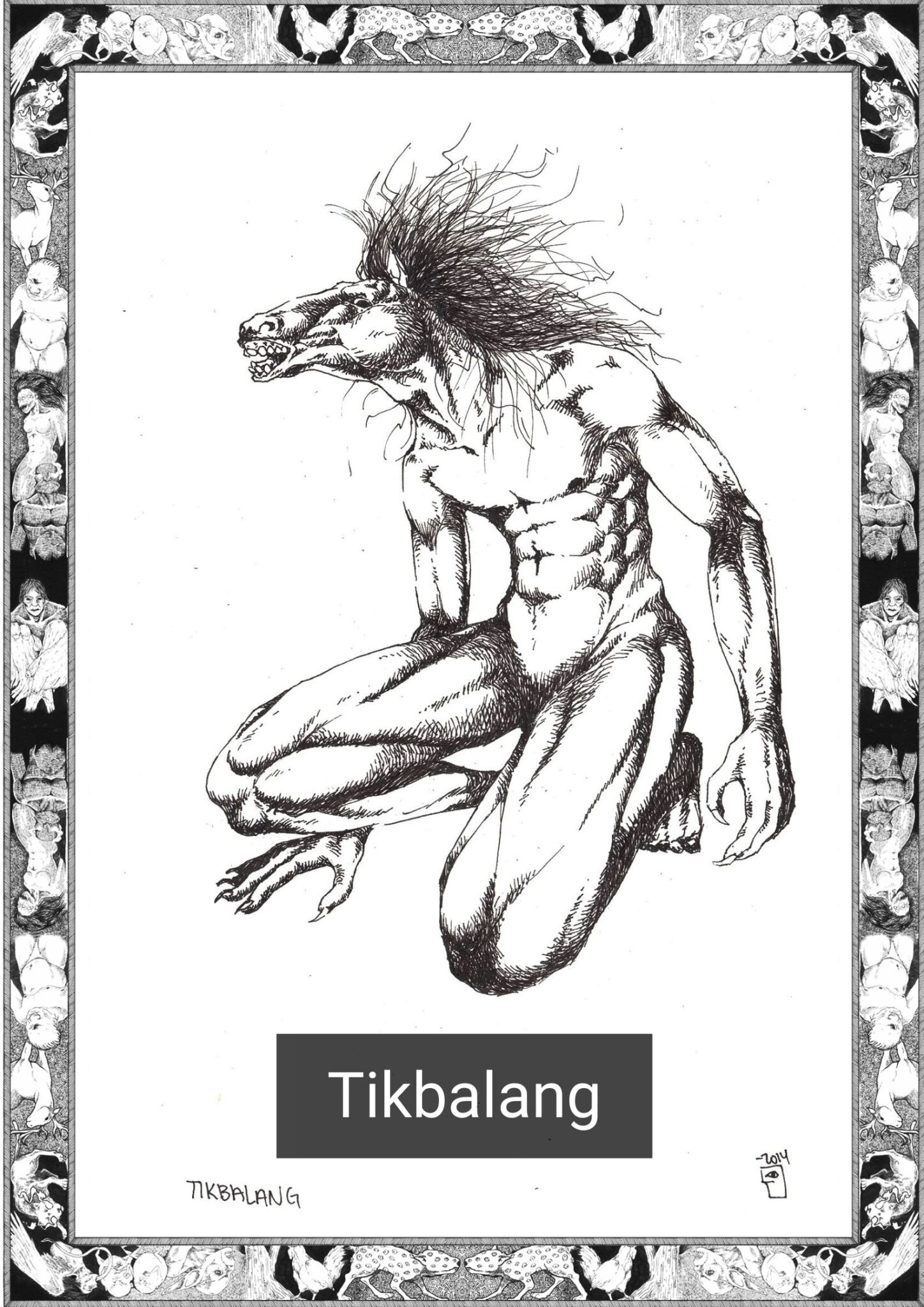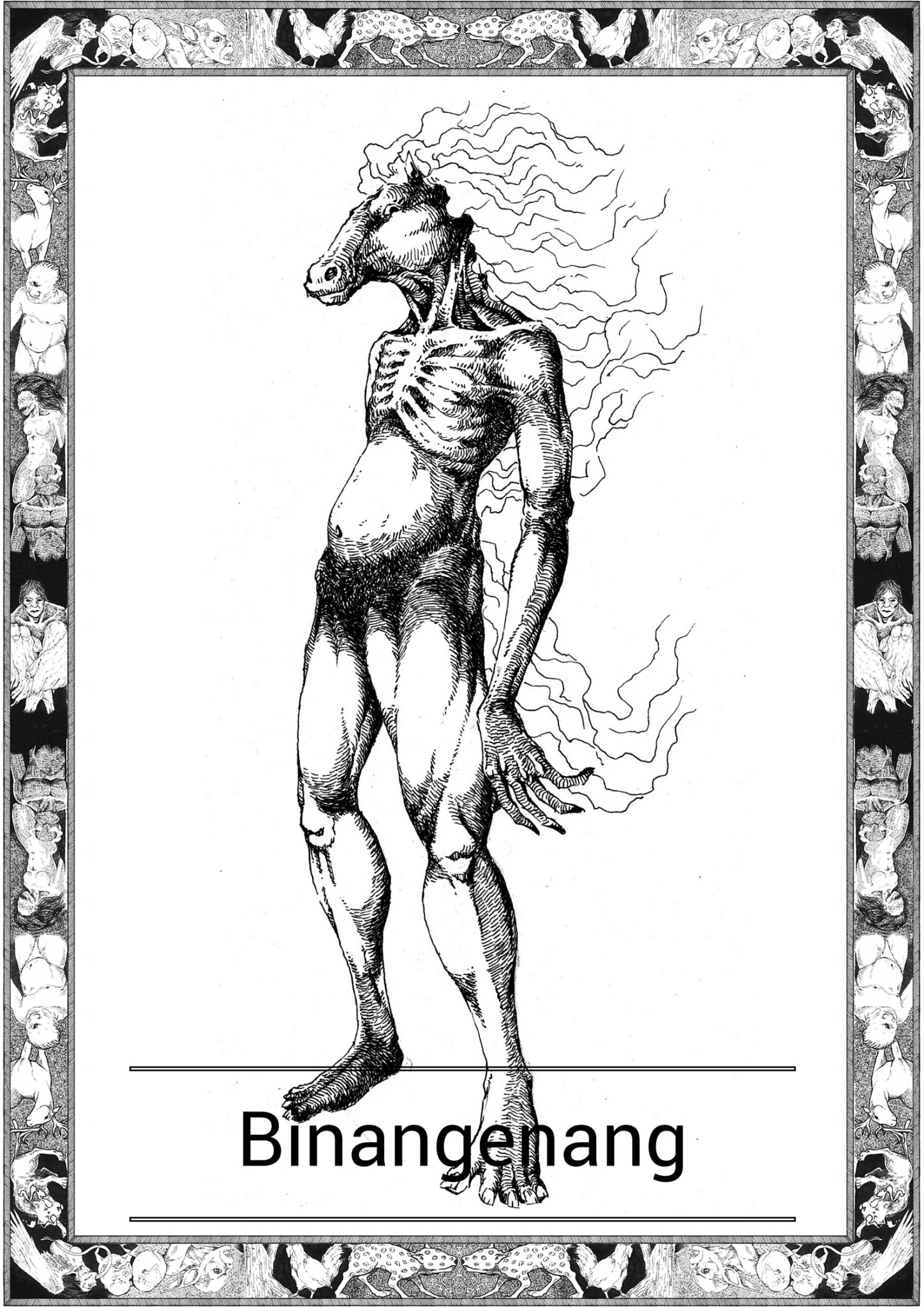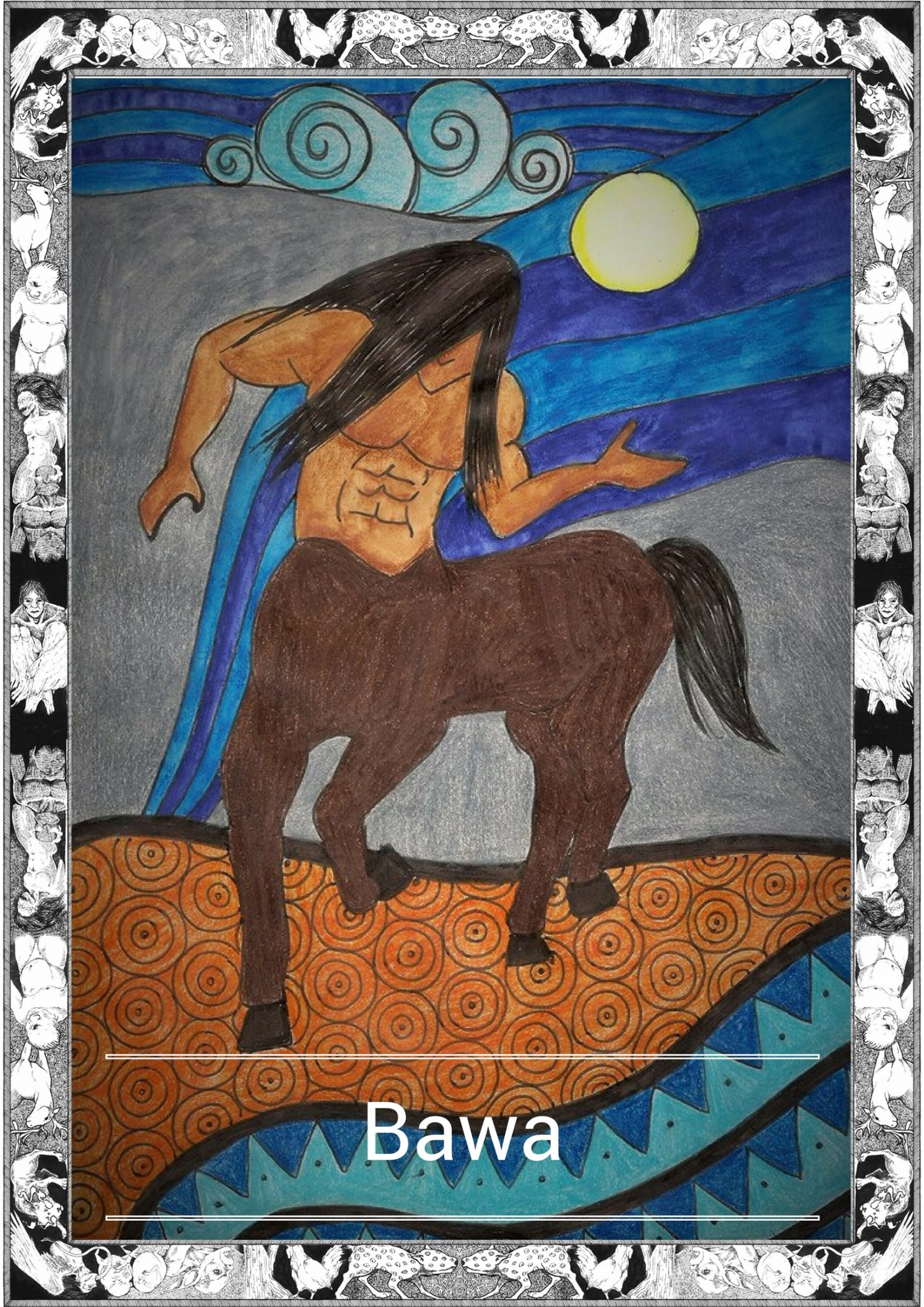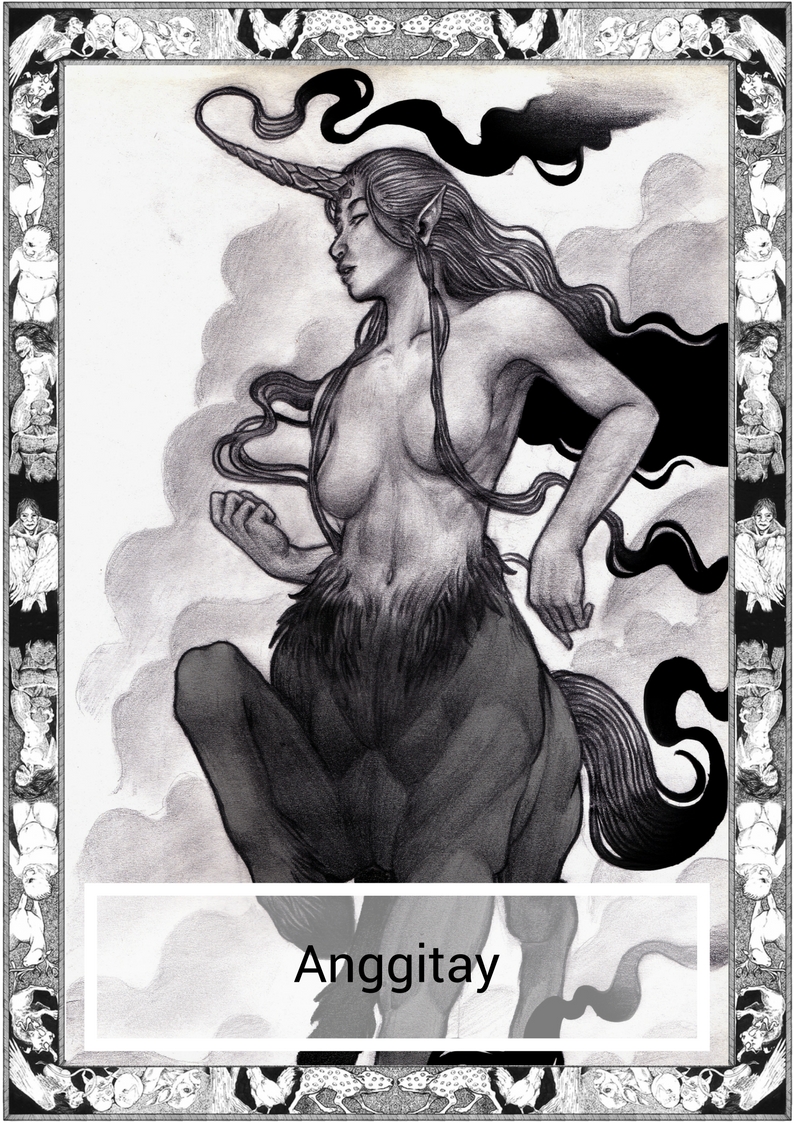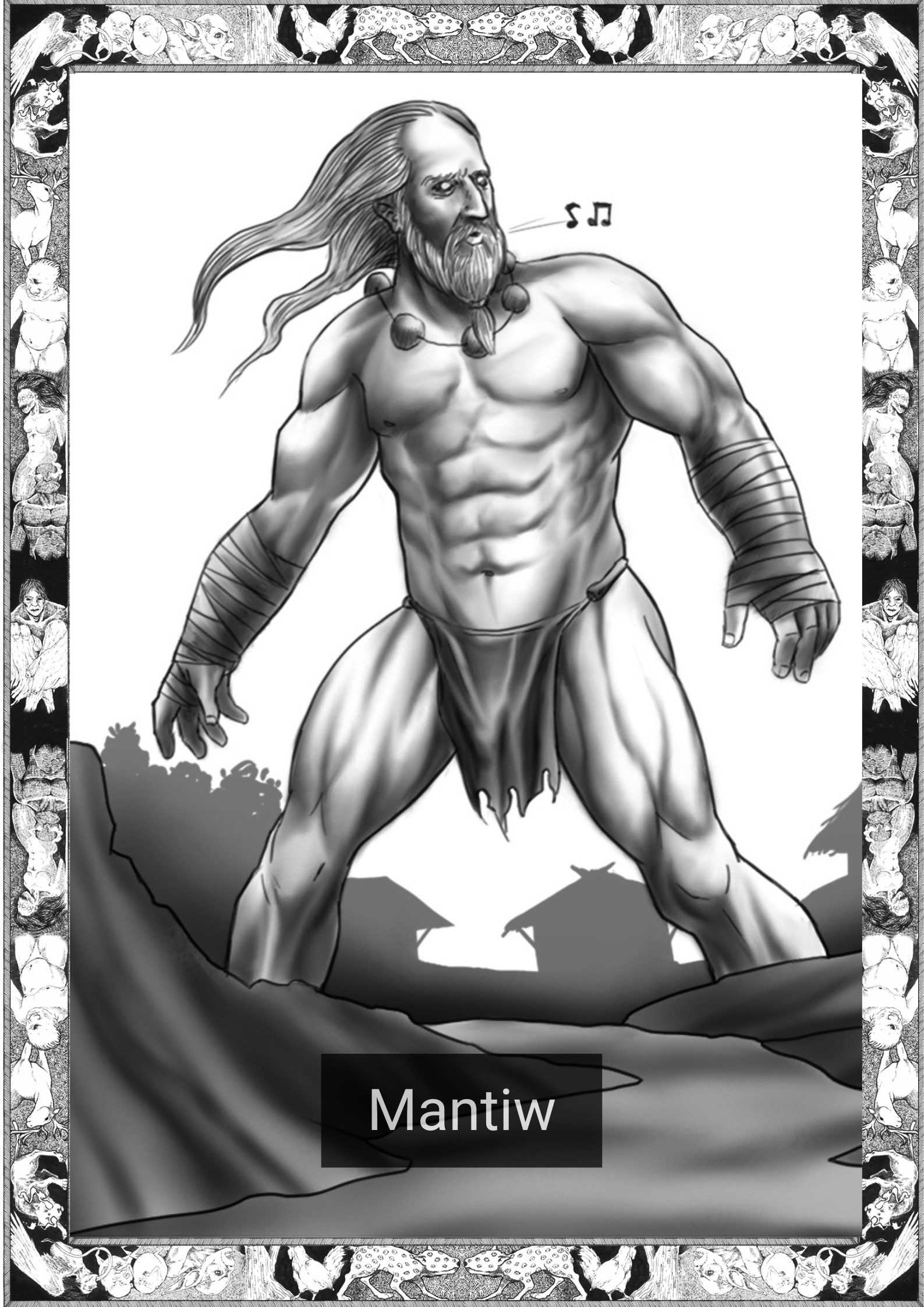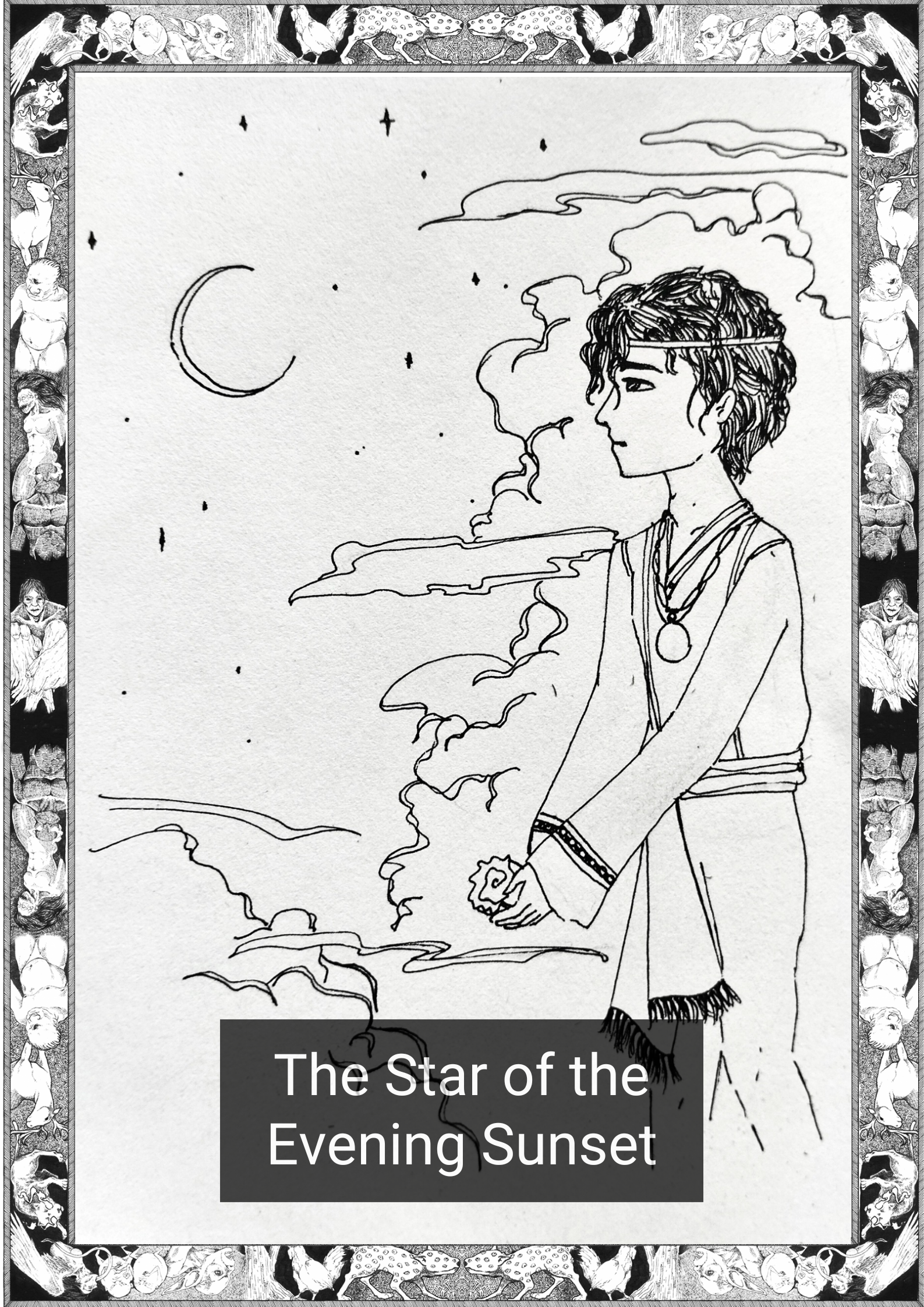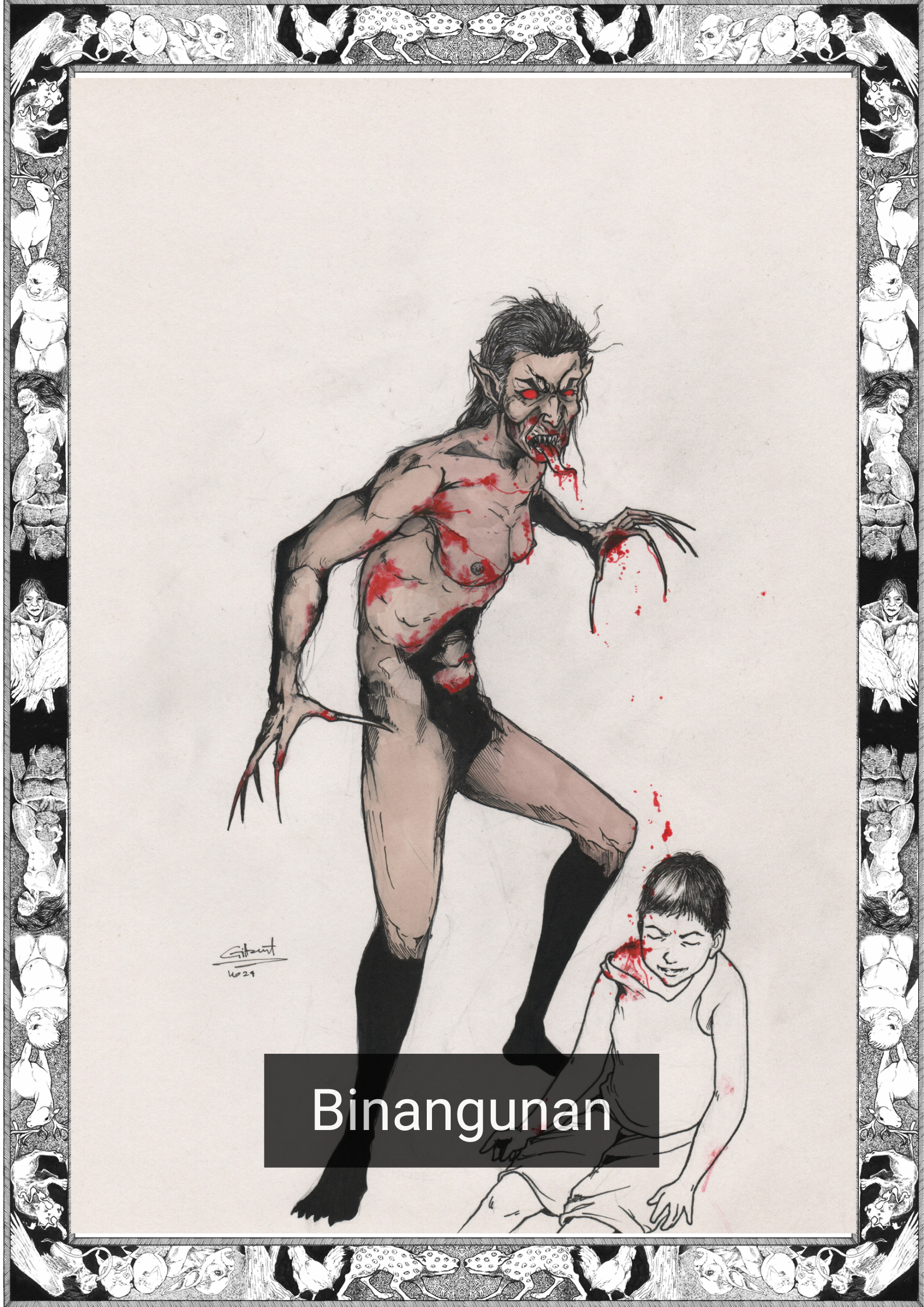
*Note this story is in Bisaya
Nakadungóg to sa úna si Túro og mgá estórya, unsáon pagpánton ádtong nilalánga áron himóong lunodpátay nga alagád.
Ang buháton lámang maó ang paghúlbot sa tutuló ka bulawón nga buhók sa punôpunô ning mananápa úg pagpabíling ángkas sa bukóbukó niíni hángtod makalayát na ní sa kawanángan tabók sa kabuntóran úg kaláwran – butáng nga sayón lámang sa púlong úg dílì sa búhat.
Nanginahánglan kaáyo siyá. Nanginahánglan siyá og salapî úg nasáyod siyáng makatábang níya ang tikbaláng. Nasáyod sab siyá nga kon dílì siyá magmalampóson, dílì siyá niíni hikalímtan lámang – hinùnóa tagáan síya og balatían. Apán únsa pa may íyang kahadlókan? Masakitón na siyáng dáan. Nagkaút-ot na ang íyang panahón. Nagkinahánglan síya og makulapyótan. Dílì síya búot biyáan ang íyang bánay nga putós sa útang úg pagmáhay.
Mibaróg si Túro atúbang sa gákit úg gisámpit níya ang nilaláng. Pipilá ka táknà siyáng naglántaw lámang sa kangítngit. Daw naúghan na og láway ang íyang tutúnlan og sinyágit. Apán mibúthò ang usá ka nilaláng.
“Búang nga kalibotánon, únsay giánhi mó,” mátod sa nilaláng
Nía kó sa pagpánton nímo,” ang tubág ni Túro ».
Nangagákhak sa gáhob nga katáwa ang nilaláng, sa gáhob nga katawaháng áto pa níya nadungóg.
“Dághan nang misuláy úg nangapákyas lámang. Ngáno uróy malahî ka níla úg mapánton kó nímo?” “Waláy báli ang gituhóan kó, maóy may báli ang buháton kó.”
“Aw, maó man kahâ.”
(Dihâdihâ) giásdang ni Túro ang tikbaláng. Naglisód siyá og kupót niíni, saráng ní kalihóg. Gihawóy na ang íyang mgá búkton. Apán walâ níya ní buhíi. Maóy gihúnàhúnà níya ang íyang bánay. Síya lámay ílang gisaligán. Dílì níya silá pakyáson.”
Gihúlbot níya ang únang bulawóng buhók. Mitiyábaw sa kasakít ang tikbaláng. Apán walâ manubalíng si Túro. Gihúlbot níya ang ikaduháng bulawóng buhók úg walâ na diáy silá sa may gákit. Walâ na níya túod ang kabuntórang díin siyá ron dagíta sa tikbaláng. Giwákli níya ang kaíkag pagsáyod. (Walâ siyá magpalíngla.)
Dúna pay ikatulóng bulawóng buhók. Dánlog kaáyo manggúnit sa lambúngay sa tikbaláng, mikulápyot lámang júd siyá og tamán sa tangkúgò niíni.
Nalántaw níya nga mibánagbánag na ang gindaílan. Walâ níya himatíkdi ní dahomá nakalúngtad siyá pag-ángkas sa bukóbukó sa tikbaláng og pipilá ka táknà. Gikapóy na ang maóng nilaláng, nagkaluyá na níng molíhok úg nagkawalâ na ang pagkalihóg.
Sámtang namidlísiw ang sidlakán, nalúsnò ang tikbaláng sa atubángan júd sa gákit niíning gipúy-an. Miyangád ní kang Túro ang nagkupót rón sa tutuló níya ka bulawóng buhok.
(Namúlong.)
“Nagmadaógon ká.”
English Version
Arturo had heard the stories before. How the creatures could be tamed to become your loyal servants.
All he had to do was snatch the three golden hairs at the top of its head and then stay on its back until it was done jumping into the sky and going over the mountains and seas, easier said than done.
He was desperate, he needed money and he knew that the tikbalang could help him. He also knew that they would not forget him if he failed. They brought sickness, but what did he need to fear? He was already sick, time was slipping away from him and he needed something to hold on to. He didn’t want to leave his family behind with debt and regret.
Arturo stood in front of the Balete tree and called the creature out. It had been hours staring in the dark, his throat almost raw from shouting, but then he saw a figure.
“Foolish human, why have you come here,” the figure said.
“I am here to tame you,” was Arturo’s reply.
A wild laughter erupted from the creature, like nothing Arturo had ever heard before.
“Many humans have tried and failed. What makes you think you will be the one to tame me?”
“It doesn’t matter what I think, only what I will do.”
“Very well then.”
Arturo launched himself at the tikbalang, its chaotic movement challenging his grip. Arturo arms seemed to be failing him, but he held on. He thought about his family and how they always relied on him. He would not let them down.
He picked the first golden hair. The tikblang screamed in pain, but Arturo didn’t mind it. He picked the second and saw that they weren’t in the field with the Balete tree anymore. He didn’t recognize the mountain that the creature had taken them to, and he shook off the curiosity.
There was still one more hair left. The tikblanag’s mane didn’t give him a lot of traction, and he held tight against the creature’s neck.
The rising sun was visible in the distance and Arturo was surprised he lasted hours on the tikbalang’s back. The creature was getting tired, its movements slower and less erratic.
As the sun rose in the distance the tikbalang fell exhausted in front of its Balete tree. It looked at Arturo, now holding its three golden hairs.
“You have won.”
*Visayan (Bisaya or Binisaya) is a group of languages of the Philippines that are related to Tagalog and Bikol, all three of which are part of the Central Philippine languages. Most Visayan languages are spoken in the whole Visayas section of the country, but they are also spoken in the Bicol Region (particularly in Masbate), islands south of Luzon, such as those that make up Romblon, most of the areas of Mindanao and the province of Sulu located southwest of Mindanao. Some residents of Metro Manila also speak Visayan.
Written by Karl Gaverza
Translation by Joseph Vincent (Josefwintzent) M. Libot
Copyright © Karl Gaverza
Translation Copyright © Joseph Vincent (Josefwintzent) M. Libot
Inspired by the Tikbalang description in Creatures of Philippine Lower Mythology. Ramos. 1971.
Tikbalang Illustration by Leandro Geniston
